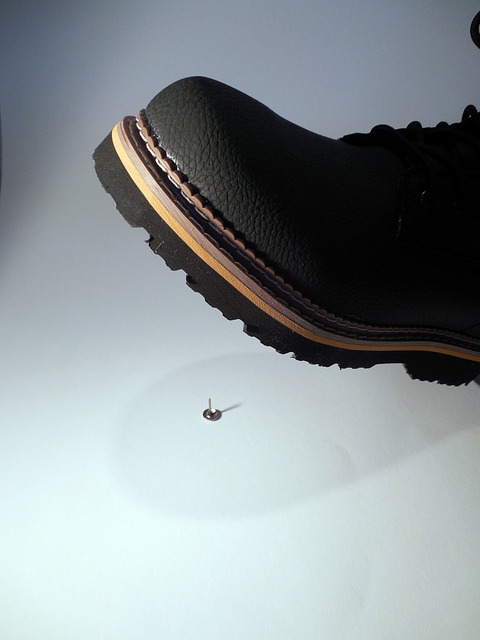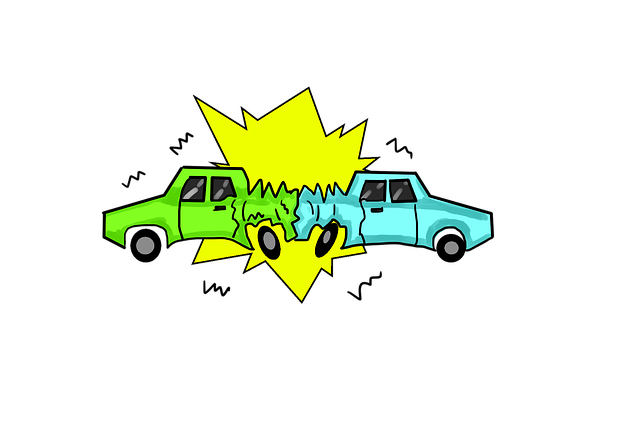Establishing negligence in dog bite compensation claims requires analyzing duty of care, breach, and direct causation. Key elements include proof of the owner's knowledge of the dog's aggression, previous incidents, and lack of preventive measures. The process involves gathering evidence, consulting a specialist lawyer, drafting demand letters, and potentially suing for liability-determined compensation covering medicals, pain, lost income, etc. Preventing bites requires owners training, supervising pets in public, communities implementing strict liability laws and education campaigns to create safer environments.
In the realm of personal injury law, understanding negligence in dog bite cases is paramount for both victims seeking justice and communities striving for safety. Dog bite compensation claims involve a intricate dance of legal interpretations and community responsibilities. This article navigates the complex landscape, shedding light on defining negligence, demystifying compensation processes, and exploring prevention strategies to protect against these often-devastating incidents. By delving into these aspects, we aim to equip folks with knowledge, fostering a safer environment for everyone, especially vulnerable victims of dog bites.
- Defining Dog Bite Negligence: Exploring the legal interpretations and factors that contribute to establishing negligence in dog bite cases.
- The Process of Dog Bite Compensation Claims: A step-by-step guide to understanding the legal procedures, requirements, and potential outcomes for victims seeking compensation.
- Prevention and Liability: Protecting Yourself and Communities: Examining strategies to prevent dog bites, owner responsibilities, and community efforts to reduce liability in such incidents.
Defining Dog Bite Negligence: Exploring the legal interpretations and factors that contribute to establishing negligence in dog bite cases.

In dog bite compensation claims, establishing negligence is a complex legal task that requires a meticulous examination of various factors. Negligence in this context refers to the failure of a property owner or handler to exercise reasonable care, resulting in harm to another individual. The law interprets this through several key components. Primarily, it considers whether there was a duty of care owed to the victim, if that duty was breached, and if the breach directly caused the injuries sustained. In dog bite cases, this often involves proving that the dog’s owner or caretaker was negligent in controlling or supervising the animal, especially in situations where the dog displays aggressive behavior or has bitten someone previously.
The legal landscape surrounding personal injury claims related to dog bites varies across jurisdictions. However, some common factors contribute to a successful negligence argument. These include a history of the dog’s aggression, the owner’s knowledge or reason to know about such tendencies, and failure to take preventive measures like securing the dog appropriately or warning others about its potential hazards. Unlike defective products liability claims where defects in manufacturing or design are at play, dog bite cases focus on the actions (or inactions) of individuals responsible for animals known to pose a risk. An auto accident attorney specializing in personal injury may encounter similar principles when dealing with dog bite compensation claims, as both types of cases ultimately seek to allocate liability and provide justice for harm caused by negligently managed situations.
The Process of Dog Bite Compensation Claims: A step-by-step guide to understanding the legal procedures, requirements, and potential outcomes for victims seeking compensation.

The process of dog bite compensation claims involves several key steps that victims must navigate to secure fair and just reimbursement for their injuries. It begins with gathering essential evidence, such as medical records and witness statements, to substantiate the claim. Next, a victim should consult with a qualified personal injury lawyer who specializes in dog bite cases, as they can provide invaluable guidance and representation throughout the legal process. This professional will assess the merits of the case, advise on the best course of action, and help draft a demand letter to be submitted to the responsible party or their insurance provider.
If negotiations fail to reach an acceptable settlement, the matter may progress to formal legal proceedings. This could involve filing a lawsuit against the dog owner, breeder, or relevant entity, depending on the circumstances. In such cases, a judge or jury will evaluate the evidence presented and determine liability. If negligence is proven, they’ll consider the severity of the victim’s injuries and award compensation accordingly. Successful claimants may receive damages for medical expenses, pain and suffering, loss of income, and other related costs, ensuring they are adequately compensated for their experiences.
Prevention and Liability: Protecting Yourself and Communities: Examining strategies to prevent dog bites, owner responsibilities, and community efforts to reduce liability in such incidents.

Preventing dog bites is a multifaceted approach that involves both individual responsibility and community initiatives. Dog owners have a crucial role in ensuring their pets’ safety and behavior. This includes proper training, socialization, and supervision, especially when in public spaces. Simple measures like securing your pet with a leash in public areas can significantly reduce the risk of bites. Additionally, vaccinating against rabies is not only a legal requirement but also a responsible step to protect both the owner and others.
Communities play a vital role in fostering a safe environment by implementing regulations that hold owners accountable for their pets’ actions. This includes strict liability laws that compensate victims of dog bites without requiring proof of negligence. Moreover, public education campaigns can raise awareness about responsible pet ownership, teaching people how to interact safely with dogs and what to do if they encounter an aggressive animal. By combining these strategies, communities can work towards reducing the instances of dog bites and minimizing the need for slip and fall or auto accident injuries related to such incidents, ultimately lowering the demand for dog bite compensation claims.
In understanding negligence in dog bite compensation claims, it’s clear that a comprehensive approach is necessary. By defining legal interpretations, guiding victims through the claim process, and emphasizing prevention strategies, communities can better protect themselves from these incidents. Awareness of owner responsibilities and community efforts to reduce liability are key elements in minimizing the impact of dog bites and ensuring fair compensation for victims. This multifaceted approach fosters a safer environment for everyone, ensuring that dog bite cases are handled justly and effectively.






